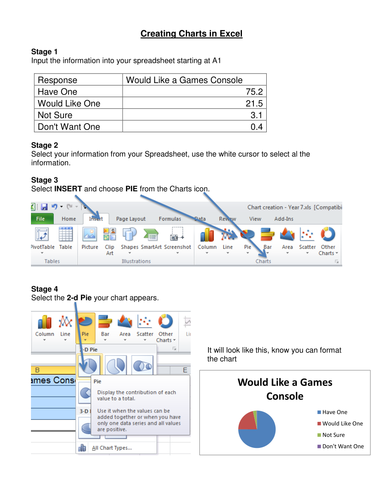














In this unit, you will learn how simple models are built by first investigating rules, then by seeing how rules can govern the behaviour of simple models by the use of spreadsheets. You will discuss the ways in which different models could be used to present different information in a spreadsheet, identifying the inputs, the rules (formulae) and the outputs. You will also learn the use of absolute cell referencing and other formulae that will make the model more appropriate for the end user. You will test the effectiveness of the model by using sample data representing a number of scenarios as well as chart creation.
Something went wrong, please try again later.
This resource hasn't been reviewed yet
To ensure quality for our reviews, only customers who have purchased this resource can review it
Report this resourceto let us know if it violates our terms and conditions.
Our customer service team will review your report and will be in touch.
£5.00
